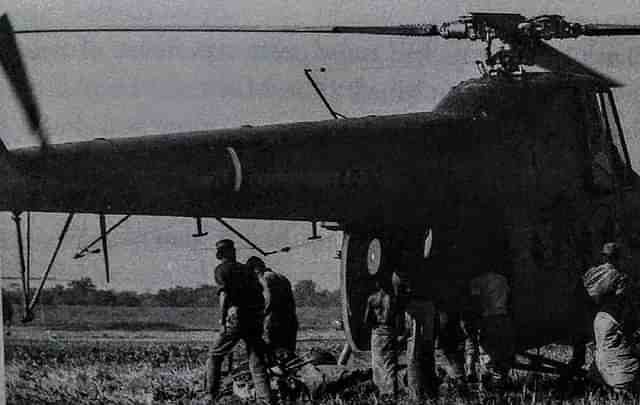[🇮🇳] India was only an ally: Dhaka unhappy over PM Modi’s Victory Day post
- Indian Defense Forum
- 6 Replies
India was only an ally: Dhaka unhappy over PM Modi’s Victory Day post
12h • 1 min read

India was only an ally: Dhaka unhappy over PM Modi’s Victory Day post
DHAKA: Bangladesh interim govt law adviser Asif Nazrul has "strongly protested" against a social media post by PM Narendra Modi on the country's Victory Day.
Also read: At foreign secretary-level talks, India raises concerns over minority safety, attacks on religious sites in Bangladesh
"I strongly protest. Dec 16, 1971 was the Victory Day of Bangladesh. India was an ally of this victory, nothing more," Asif Nazrul wrote on his verified Facebook page on Monday, attaching a screenshot of Modi's Facebook post.
"Today, on Vijay Diwas, we honour the courage and sacrifices of the brave soldiers who contributed to India's historic victory in 1971. Their selfless dedication and unwavering resolve safeguarded our nation and brought glory to us," Modi said. "This day is a tribute to their extraordinary valour and their unshakable spirit. Their sacrifices will forever inspire generations and remain deeply embedded in our nation's history,"PM said.
For more news like this visit TOI. Get all the Latest News, City News, India News, Business News, and Sports News. For Entertainment News, TV News, and Lifestyle Tips visit Etimes












 For all latest news, follow The Daily Star's Google News channel.
For all latest news, follow The Daily Star's Google News channel.




